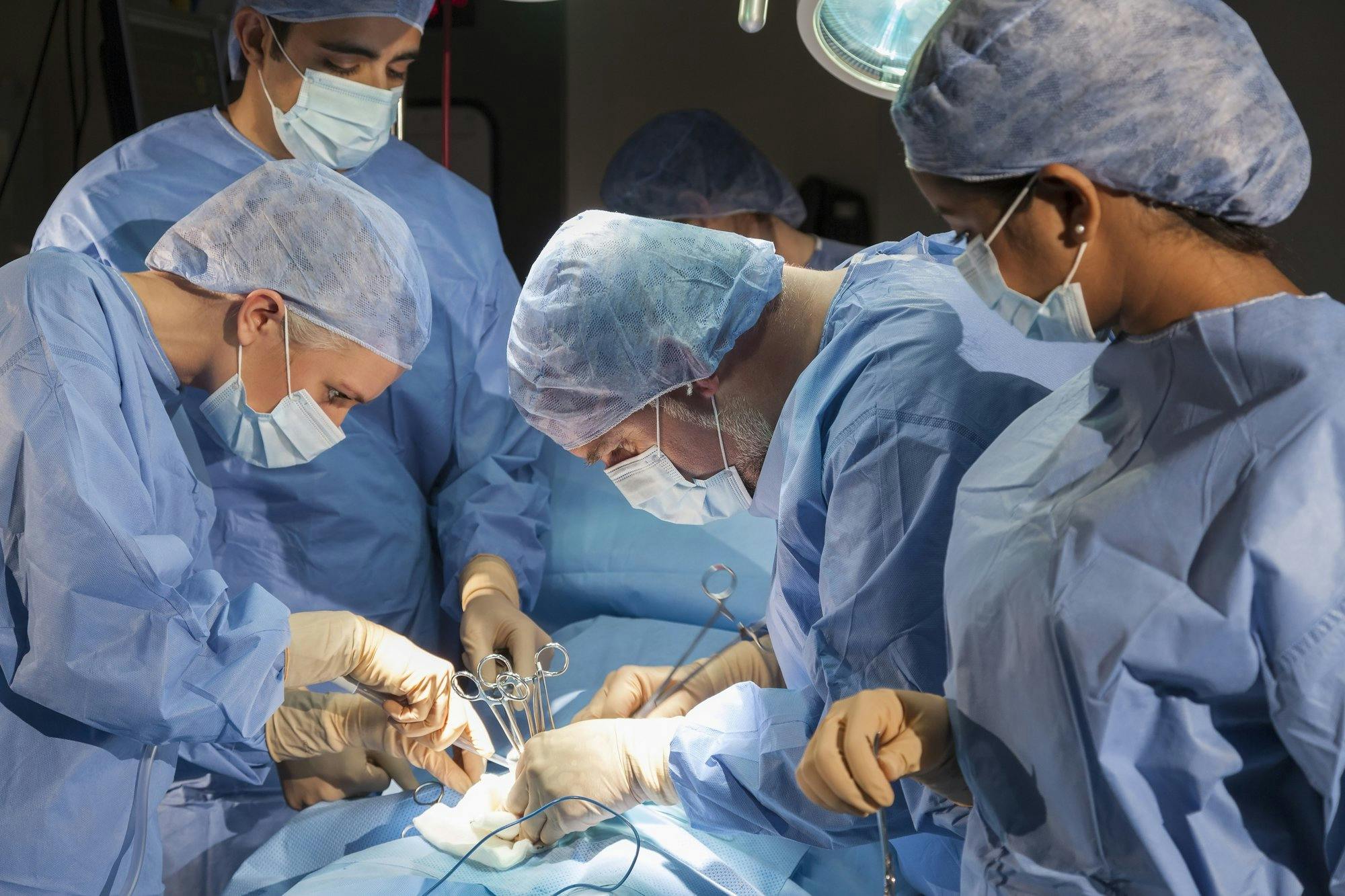
2024-07-12T16:54:51
Sunscreen Travel Tips
- Dermatology
June 4, 2018 | Orthopedics

Osteoarthritis, the most common form of arthritis out there, causes inflammation and pain in joints in several areas, frequently the hands, knees, hips and spine. It’s due to eroding cartilage that allows bones to rub against each other during joint movement, and is more common in older adults due to natural wear-and-tear on the body.
Initially, treatment for osteoarthritis will focus on conservative areas like physical therapy, medications, and various lifestyle modifications that might help with symptoms. If these treatments are unsuccessful, however, one of a few different surgical procedures might be recommended.
Arthroscopy is a type of surgery where the surgeon enters the damaged joint using a fiber-optic video camera. This camera is attached to a small tube called an arthroscope, which is inserted into the joint.
With the assistance of this camera, your surgeon can use small incisions to smooth the rough areas causing pain and inflammation. Additionally, they can also remove any loose cartilage, bone fragments or cysts that may have broken off.
Arthroscopy is a relatively low-impact surgery with a short recovery time compared to others, but as such, it may also have fewer benefits. It’s only generally effective for specific types of injuries, and less so for treatment of osteoarthritis.
During arthroplasty, the entire damaged joint is removed and then replaced, either with plastic or metal parts. This procedure comes with more risks than arthroscopy, such as blood clots and infection, but it’s also generally much more effective at removing pain symptoms. Do be aware, however, that replacement joints used in arthroplasty can wear down and require replacement themselves – around 20 years is a good time to check on this.
There are a few other surgical procedures that might benefit those suffering from osteoarthritis:
Before choosing any of these forms of surgery, speak with your doctor and also ask yourself basic questions about your pain tolerance, medications, worsening symptoms and whether you’ve looked hard enough for more conservative solutions. Your doctor can also help you determine if you’re healthy enough for surgery.
Sources:
“Do I Need Surgery for Osteoarthritis?” WebMD. https://www.webmd.com/osteoarthritis/osteoarthritis-surgery-for-joint-pain-relief#1
“Osteoarthritis.” The Mayo Clinic. https://www.mayoclinic.org/diseases-conditions/osteoarthritis/diagnosis-treatment/drc-20351930
WRITTEN BY:
The Live Better Team


2024-07-12T16:54:51

2024-07-02T11:42:04

2024-07-01T13:49:28

2024-06-21T14:29:51
This information is not intended to replace the advice of a medical professional. You should always consult your doctor before making decisions about your health.